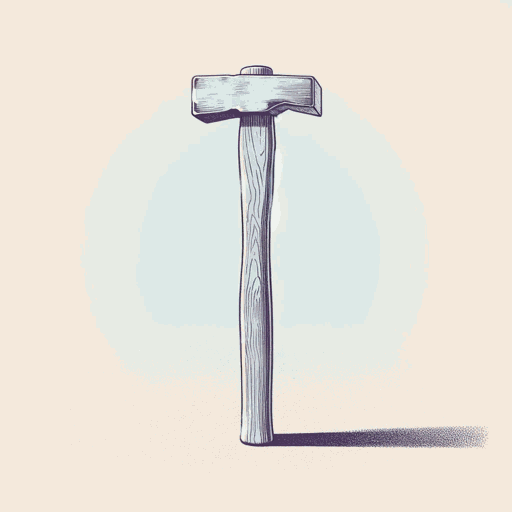52 pages • 1 hour read
Grady HendrixThe Final Girl Support Group
Fiction | Novel | Adult | Published in 2021A modern alternative to SparkNotes and CliffsNotes, SuperSummary offers high-quality Study Guides with detailed chapter summaries and analysis of major themes, characters, and more.
Symbols & Motifs
Defining the Final Girl Trope
Carol J. Clover coined the term “Final Girl” in her 1987 essay “Her Body, Himself: Gender in the Slasher Film,” defining this as a trope of 1970s and 1980s slasher movies. Clover’s Final Girl is the sole survivor of the killer’s terror; she manages to successfully fight back until she’s either rescued or she’s killed the killer. Terrorized for hours by the movie’s villain, she spends much of the movie screaming, stumbling, and finding ways to be resourceful. Unlike other victims, the Final Girl is typically presented as virginal and sexually pure; the violence visited on her often has sexual overtones.
Lynnette struggles with the notion that she isn’t a “real” Final Girl, doubting herself because rather than kill her monster or save other people, she played dead while Ricky killed her family:
That’s what they always said about me: I’m not a real Final Girl. The other ones in the group fought back and killed their monsters, but me? I just hung on those antlers like a piece of meat. I just lay there on the linoleum getting my skull pulped. I didn’t save anyone (164).
Her inner insecurity is reinforced by external judgment from her support group members.
Related Titles
By Grady Hendrix
Featured Collections
Fear
View Collection
Feminist Reads
View Collection
Good & Evil
View Collection
Horror, Thrillers, & Suspense
View Collection
Mental Illness
View Collection
Mortality & Death
View Collection
Mystery & Crime
View Collection
Pride & Shame
View Collection
Safety & Danger
View Collection
Sexual Harassment & Violence
View Collection
Teams & Gangs
View Collection
The Past
View Collection




